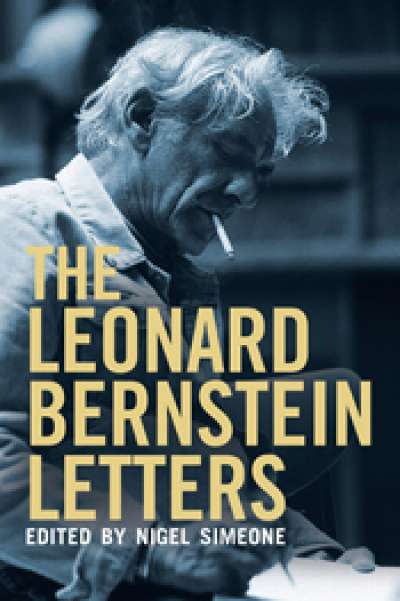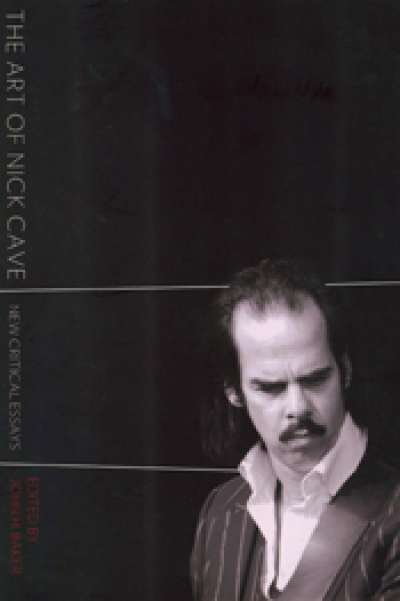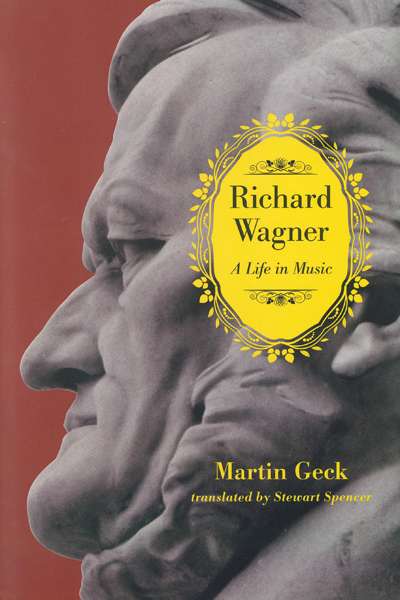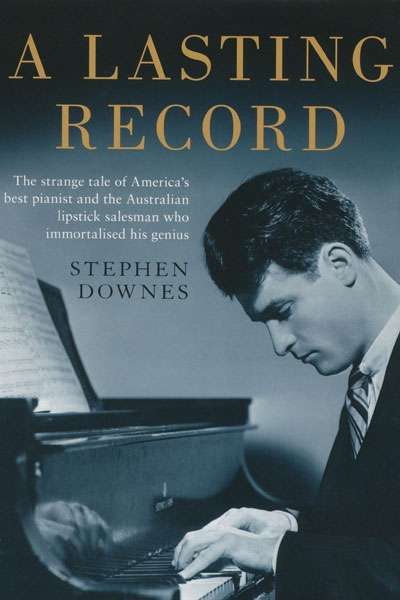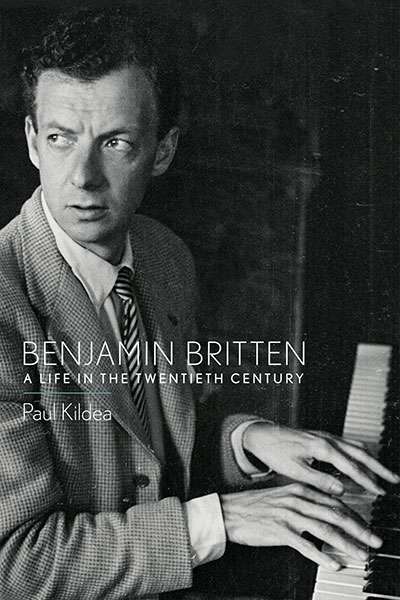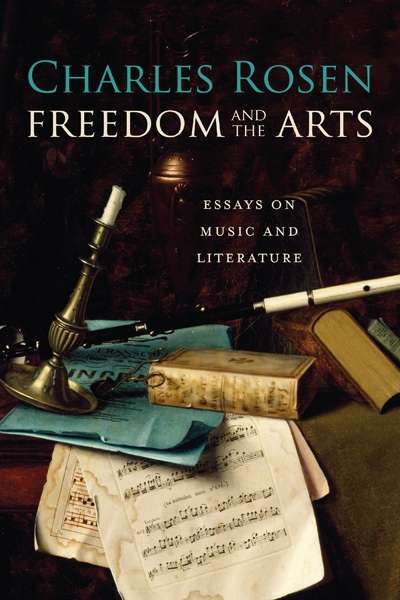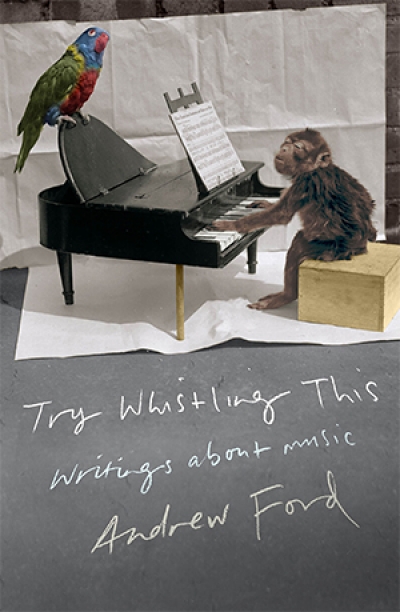Music
Music in the Castle of Heaven: A portrait of Johann Sebastian Bach by John Eliot Gardiner
by Michael Shmith •
THE ART OF NICK CAVE: NEW CRITICAL ESSAYS edited by John H. Baker
by Tim Byrne •
Bluebeard's Bride: Alma Moodie, Violinist by Kay Dreyfus
by Sheila Fitzpatrick •
Richard Wagner: A Life in Music by Martin Geck (translated by Stewart Spencer)
by Robert Gibson •
Marshall-Hall's Melbourne: Music, Art and Controversy 1891–1915 edited by Thérèse Radic and Suzanne Robinson
by Benjamin Millar •
Benjamin Britten: A Life in the Twentieth Century by Paul Kildea
by Jeffrey Tate •
Freedom and the Arts: Essays on Music and Literature by Charles Rosen
by Michael Morley •


